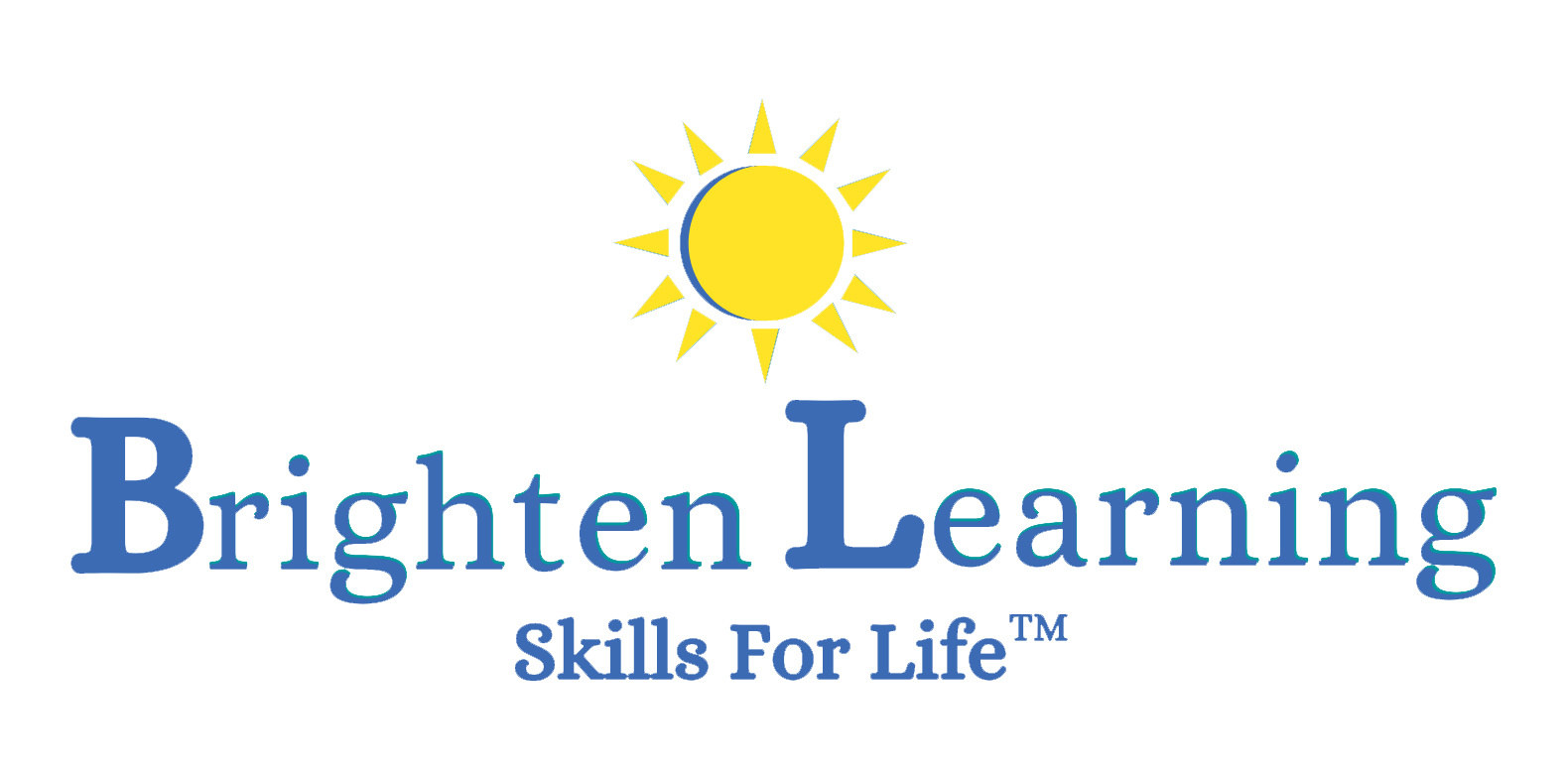By Joyce Whitby Our students’ first teachers in life are inarguably their parents. As educators,…
Tips for Addressing Social Emotional Learning for Special Needs Students

Image credit: Unsplash
Source: https://unsplash.com/photos/UFG04g43hqs
Article written by Rachel Jameson
There are a number of challenges specific to social emotional learning (SEL) that parents and educators of children with special needs can face. Lack of experience with, and resources for, the specific and often complex ways a particular child relates to the world leads many to feel at a loss when it comes to these vital aspects of development.
So, to help combat these issues, let’s take a look at some strategies for bringing SEL into the broader learning process.
Become an astute observer
Knowing what will benefit any child in terms of SEL begins with a grounding in awareness of how they respond to peers in a range of situations. Children with special needs aren’t fundamentally different in this regard. However, the expression of negative and positive responses can take many forms — a few common examples are shifts in speech patterns, facial expressions or nervous tics, feeling unwell, or becoming quiet or withdrawn. Trigger stimuli that elicit a negative response are particularly worth paying attention to. How you then appropriately respond as the responsible adult should aim for consistency and positive outcomes for development.
Make use of learning apps
The revolution in digital technologies has been embraced by children, with even very young children usually being more than capable with the touch-screen interfaces that we’ve become used to. With this in mind, developers have carefully created a large plethora of apps such as the ones here at The Social Express, many of which are a hit with children with special needs such as those on the autistic spectrum. These apps can help students identify emotions and focus on social relationships in a low-stakes, fun and accessible way.
Integrate SEL into daily activities
Learning journeys are a marathon, not a sprint. Just like math, chemistry or gym, SEL is something we can always improve on incrementally, and as such it needs to become practiced on a regular basis. Apart from apps, this practice can take the form of activities in or out of the classroom such as the plenary, eventually becoming a part of lessons that many students are able to participate in with little prompting. Incorporating special needs flows from the first point about being observant, picking up on cues and understanding the student.
Consult a professional
There is no one-size-fits-all approach for social emotional learning, and this is perhaps even more so for special needs children. However, parents and educators shouldn’t be expected to simply intuitively know how to proceed. Professionals with a background in family studies are better equipped to understand and help solve the challenges that special needs children face. Educators with this training can help work with children to build the skills needed through SEL. And since learning happens inside and outside the classroom, parents can benefit from this type of training, too.
Create a plan
Depending on the child, it may or may not be necessary to develop an Individualized Education Program or IEP (something either a dedicated school Inclusion team member, or a suitably trained educator or parent, will be able to help with). A good IEP should involve the student directly with a focus on self-determination so that the goal is to maximize autonomy, and this has vital social and emotional components. Even if an IEP is not deemed necessary, setting a series of goals is a helpful way to parcel up larger goals that can otherwise be complex for students with special needs.
Article written by Rachel Jameson
Exclusively for THE SOCIAL EXPRESS
